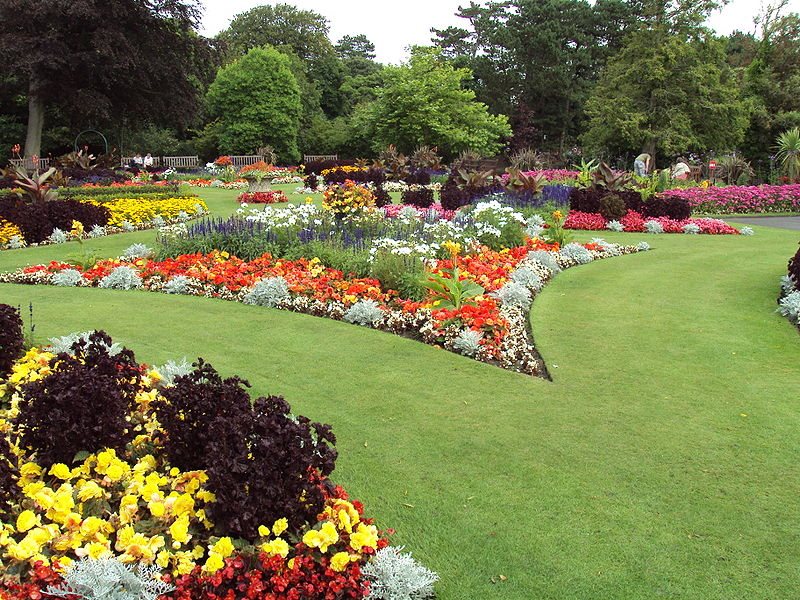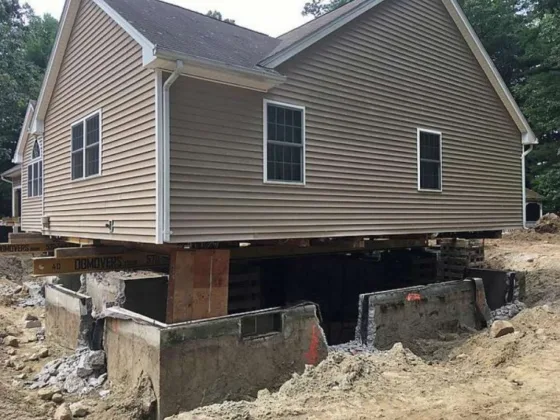If you live around an area that stays green and pleasant throughout the winters, you’re probably still gardening throughout these months.
However, if your location receives heavy snowfall and experiences frigid temperatures, your garden would have probably been frozen at this point. Luckily, we only have a month or so before this changes and the snow melts away.

This also brings the opportunity to start the work of maintenance and reviving your garden for spring and summer.
If you are dreading pulling out all the dead grass and plants, don’t worry! Our checklist will help you organize your mission and help you get the work done with maximum efficiency. Want to know where to start? Keep reading the tips below.
Rake Out All the Dead Organic Matter
There is going to be a lot of dead grass and plants if they’re not the kind to withstand the cold weather. This is natural and just a yearly thing for most places that receive snow.
It also brings you the opportunity to start over and create a garden you can be proud of when it reaches the stage of bloom. We’re considering that you’ve taken all the potted plants to the indoor nursery to help them survive the winters.
Rake out all the dead grass and plant matter, including the dropped leaves and roots. When the snow melts and the sun make the soil warm, dead roots can become home to fungi, ruining the soil quality. Make sure to remove these and compost them for your garden.
Repair the Fence
Check up on your fence and repair any visible damages due to the snow or pests over the last few months. Take the help of Doylestown fence professionals if your fence needs replacing.
Once the heat dries up any signs of moisture, you’ll be able to see any signs of decay in the wood quickly. Make sure to sand these parts down or replace them to avoid further decay and add a coat of fresh paint to make the trimmings look spick and span.
Read Also:
Remove Any Weeds and Mitigate Pests
Weeds tend to emerge very quickly after the weather starts to warm up. Make sure that you have them removed from the root so that they do not consume all the nutrients of your garden. Next, look out for any signs of pest invasions like burrows and holes to evict these pesky tenants.
Add New Plants
Adding new grass and plants doesn’t need a lot of effort if you’ve been doing this every year. However, an easier way would be to have the professionals provide seeds and pre-potted plants to simply be added to your garden. Bring out the plants from your nursery so that they can enjoy the sunshine too!
Fertilize your Garden
Add quality organic fertilizers to your plants and the grass so that they grow quicker. If you make the compost yourself, add a few natural pest repellants to keep them at bay.
Wrapping Up:
The initial resistance melts away once you start to feel how grinding and therapeutic gardening is. We hope that these tips help you start your garden maintenance!









